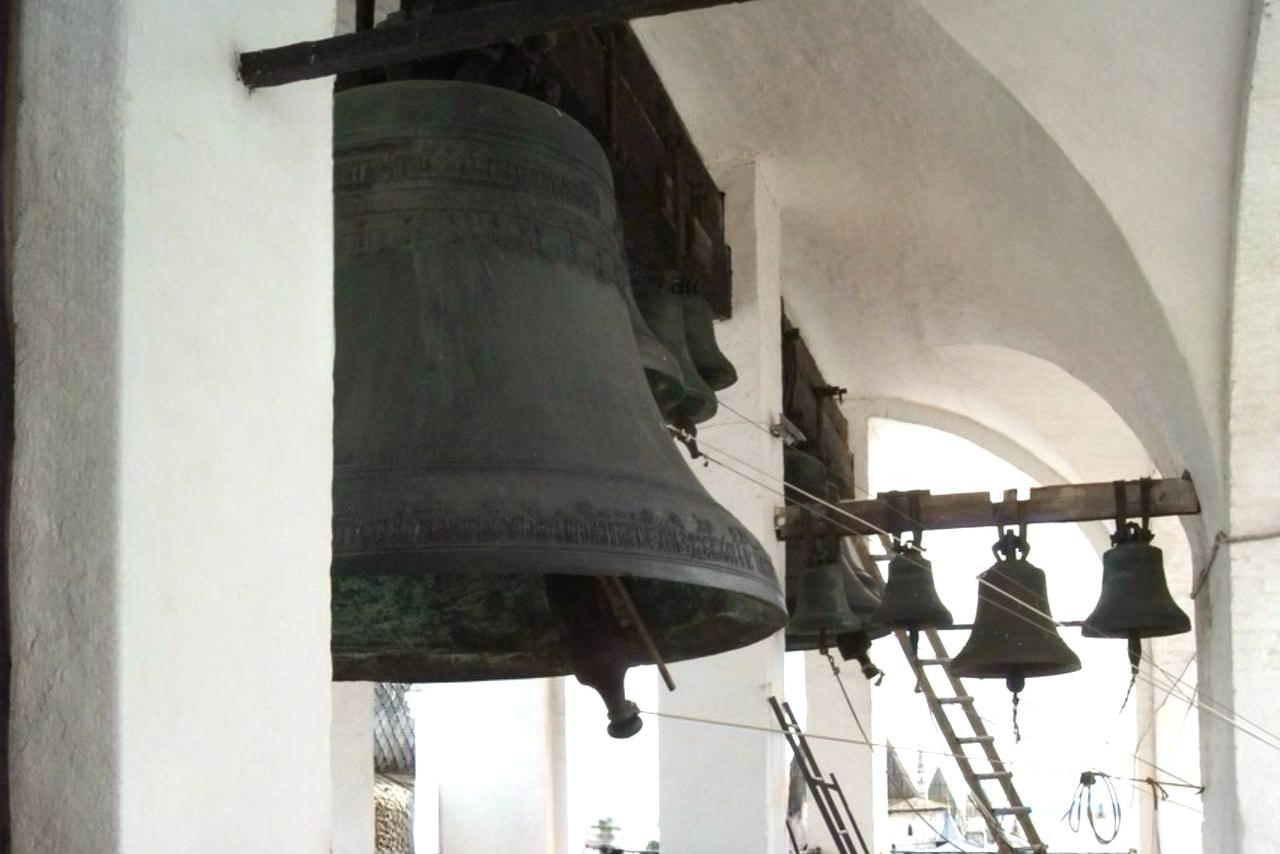Cathedral of the Assumption of the Blessed Virgin Mary
Assumption Cathedral is the great shrine of Rostov. More than a thousand years ago, when Russia converted to Christianity, Rostov became the center of one of the first dioceses. In 991, a wooden church was built in the center of the city, consecrated in honor of the Assumption of the Blessed Virgin Mary. In the 12th century, a white stone temple was built in its place, which has since been rebuilt several times, but its location has always remained unchanged.
The current Assumption Cathedral, the fifth building in a row, which was built at the beginning of the XVI century. It is a recognized masterpiece of ancient Russian architecture.
Along with its antiquity, devotion and rare beauty, the cathedral is famous for the abundance of shrines found in it, which for many centuries served as the object of reverent worship of numerous pilgrims.



The Assumption Cathedral has always had a special status and played a significant role in the history of Rostov. From the time of its construction until the end of the XVIII century, it was the cathedral church of a vast diocese. Rostov archpastors, princes and members of their families were buried here. So, here is the burial place of the famous Metropolitan, the builder of the Rostov Kremlin and many unique temples of the Yaroslavl land, Jonah III Sysoevich.
For centuries, solemn episcopal services have been held in the Assumption Cathedral, teachings have been heard and prayers have been offered by famous ascetics and saints. St. Dimitry of Rostov, Hieromartyr Arseny Matseevich, St. John of Kronstadt, St. Tikhon, Patriarch of Moscow and All Russia served here. In 1913, Emperor Nicholas II and his whole family were welcomed here. Even after the transfer of the episcopal see to Yaroslavl (1786-1788), the cathedral has retained the importance of the main city church to the present day.



Bell ringing brought special fame to the cathedral. The belfry and a unique set of huge antique bells, the heaviest of which weigh 2,000, 1,000 and 500 pounds, appeared in the second half of the 17th century. It is also the result of the creative energy of Metropolitan Jonah Sysoevich. The solemn and majestic bells of Rostov take us back to the distant past. To these sounds, the Rostov metropolitans entered their residence, greeted distinguished guests, and accompanied city processions and cathedral services.



During the Soviet era, the Assumption Cathedral shared the tragic fate that befell many Russian churches - it was closed in the mid-1930s. Some of the icons have survived and are now on display in the Rostov Museum of Ancient Russian Art.
In 1991, the cathedral was returned to the Church. Work was carried out to drain the basement, restore the drainage system, and improve the territory, but most importantly, prayers were heard again in the walls of the most ancient temple in Rostov land. As before, on particularly solemn days, episcopal services are held in it.
Such special events in the life of the temple and the whole city include the day of the Cathedral of the Rostov-Yaroslavl Saints, whose memory is celebrated on June 5. On this day, the Divine Liturgy is always celebrated by the episcopal order. After its completion, a citywide procession begins from Cathedral Square, heading towards the Savior Yakovlevsky Monastery. Throughout, it is accompanied by the ringing of bells.



From this day until October, divine services are held in the Assumption Cathedral. In winter, services are held in the church under the belfry, consecrated in the name of the Entry of the Lord into Jerusalem. You can climb the belfry itself to see the largest bells in Russia up close.
In the icon shop of the Assumption Cathedral, those who wish can order a bell concert.





